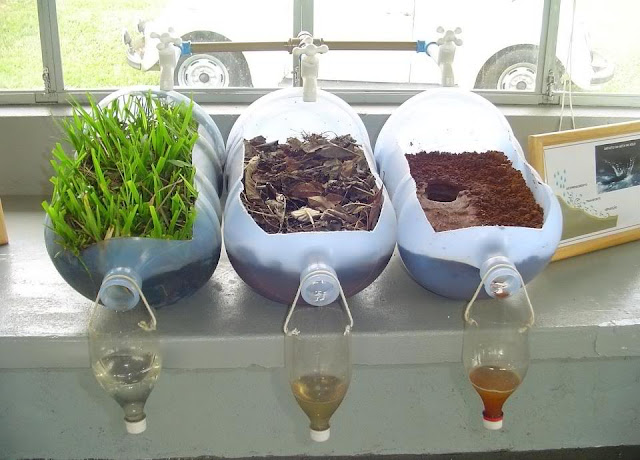Long before this ceremony in 2006 by modern druids, did the round bluestone rocks in the foreground attract ancient pilgrims to Stonehenge in search of a cure for their ailments? (Carl De Souza/Agence France-Presse — Getty Images)
After an exacavation earlier this year, two British archaelogists are suggesting a solution to the mystery of Stonehenge’s purpose. They theorize it was a destination for pilgrims going to the prehistoric equivalent of Lourdes — or, if you prefer, a health spa.
The archaelologists, Timothy Darvill and Geoffrey Wainwright, conducted the first dig in more than 40 years of Stonehenge’s inner circle, where builders more than 4,000 years ago had placed a double circle of rounded rocks called bluestones. These bluestones came from Carn Menyn, a site in the mountains 140 miles away — about seven times more distant than the source of Stonehenge’s most famous rocks, the enormous flat ones arranged like pillars outside the inner circle. Why, instead of quarrying nearby, did the ancient builders go so far to get the round bluestones?
Because Carn Menyn’s bluestones were believed to have mystical properties that healed the sick, according the archaeologists,
whose research is reported in Smithsonian magazine. The traditional belief in the healing power of the bluestones at Stonehenge was noted in the 13th century A.D. by a British poet named Layamon:
The stones are great;
And magic power they have;
Men that are sick;
Fare to that stone;
And they wash that stone;
And with that water bathe away their sickness.
If this theory’s right, then Stonehenge was essentially a “franchise” of the original spa at Carn Menyn, and indeed the archaeologists have also found evidence there of similar circles of bluestones along with prehistoric art and pools of water created by manmade dams.
“This is very unusual,” says Dr. Wainwright, who is president of the Society of Antiquaries in London. “You get springs that have funny things done to them in the Roman and Iron Age periods, but to see it done in the prehistoric period is rare, so we knew we were on to something.”
Based on their excavation, the archaeologists conclude that the first bluestones were placed at Stonehenge between 2400 and 2200 B.C. That date jibes with the date of a skeleton found in the area: the Amesbury Archer, a sick, injured man who had traveled to Stonehenge from the Swiss or German Alps. The researchers say the matching dates bolster their theory, although they acknowledge that other experts aren’t yet convinced Stonehenge was a destination for ailing pilgrims.
Dr. Darvill, a professor of archaeology at Bournemouth University, says that Stonehenge may have served other purposes as well, particularly before the bluestones were carted there from the mountains. “”Initially it seems to have been a place for the dead with cremations and memorials,” Dr. Darvill says, “but after about 2300 B.C. the emphasis changes and it is a focus for the living, a place where specialist healers and the health care professionals of their age looked after the bodies and souls of the sick and infirm.”
I welcome Lab readers’ reactions to this notion of a Neolithic health spa. And also to a possible scheme to raise money for Stonehenge’s preservation: Start marketing water that’s been washed against some of those mystical bluestones. The water bottlers could use some of the bluestones back in the mountains at Carn Menyn — that way they wouldn’t disrupt anything at Stonehenge, and they could claim that they were going straight to the original rocks instead of the franchise version. But for marketing purposes, I think they’d want to go with the Stonehenge name brand.
Not being a fan of quack medicine, nor of bottled water, I’m not trying to promote any new brands. What I wonder is: Would something like the Stonehenge Elixir sell? Let me know your thoughts, as well as any market research that’s been done among druids.
ADDENDUM: A documentary on this new research at Stonehenge premieres tomorrow evening (Saturday, Sept. 27th) on
the Smithsonian Channel.







.jpg)





